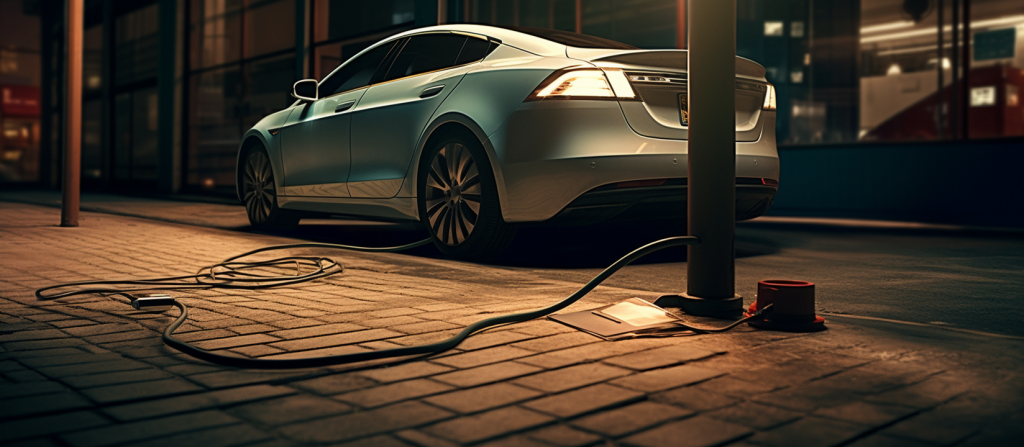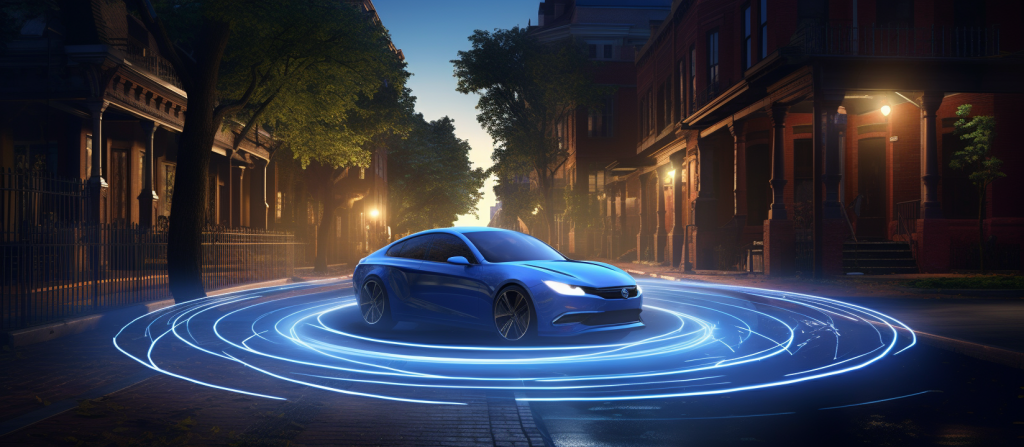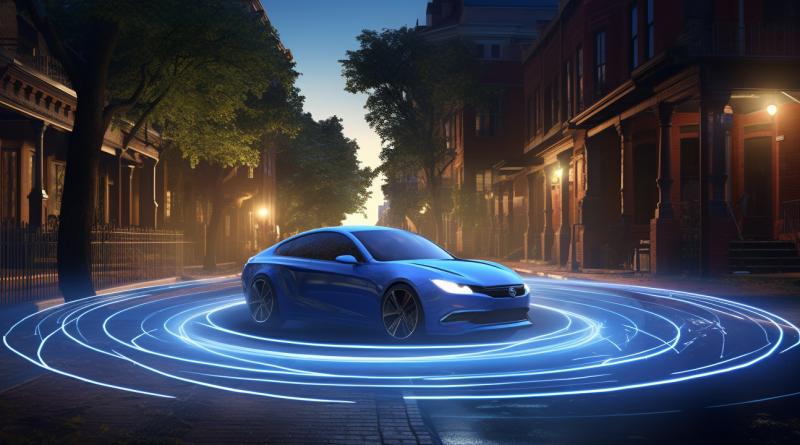Sidebar: Can A Wireless Charging Roadway Work?
One of the highlights of the MDOT public comment session last night held at the IBEW in Corktown was the “self-charging roadway” that an Israeli company is contracting with the state road agency to build. I wanted to unpack some of the questions about this. Does this technology exist? Will it work? What will it take for it to work?

How It Works. Wireless charging is based on the well-understood phenomena of electromagnetism and electric fields, which are contrasted with the age-old simple method of wires plugging into one another. However, wireless chargers are less efficient than corded chargers, which themselves aren’t that efficient because of the voltage conversions involved. EV chargers peak at about 94% efficiency, with some in the lower 80s.
Wireless charging boasts the ability to keep up with efficiencies as high as the low 90s, but I’m guessing– as a non-electrical engineer here, mind you- that that number does not involve having to step down the current from the local feeder circuit. In other words, it would end up being substantially lower than the max 94%, because of the transformer losses to step down from higher-voltage feeder lines. There may be further losses from additional power conditioning equipment that is likely to be required to manage a consistent and high level of power quality to prevent damage to vehicles.

How It Doesn’t Work. To my knowledge, no cars on the market today are equipped with the technology to make this happen. That technology involves some sort of receiver for the electric field that is generated by the coils embedded in the pavement. They had a demonstration device, which looked sort of like a discarded piece of rubber foam from a packing crate. This must be installed permanently into the bottom of the car, and then it must be hardwired into the innerds of the vehicle’s charging electronics. No one present last night was able to satisfactorily explain how this actually works, but suffice it to say that given that none of the cars on the market today have this technology, it will require a herculean lift to get the party started.
Figuring Out The Electricity Part. However you slice it, this will use an absolute ton of electricity. A 7.2kW level 2 charger is a common configuration. This still takes hours to fully charge a car. Traveling this entire length of street, with stop lights against you, takes less than ten minutes. We might be able to push ten minutes if we’re stopped behind one of the buses that will evenutally run on this route. Evenly divided across the day, Michigan Avenue carries about 400 cars per hour. If the setup is charging an average of ten vehicles at any given time, that’s 72kW, or 1,728kWh per day, or about $293 at DTE’s regular rates. My napkin math shows that you’d get all of 1.2kWh in your electric car by the time you had finished traversing this section of street. That’s not a great deal of energy, but it’s also not a great deal of charge.

Level 3 chargers, in comparison, start at 50kW capacity. That means that you can fully charge the average battery in as little as under an hour (possibly as much as two hours for the highest capacity vehicles, and far less with much higher wattage chargers). If this setup were charging ten vehicles at a time, this would require a constant supply of 0.5MW. We are now talking more like $2,000 per day in standard utility rates. I don’t want to estimate the charge for a higher capacity because we’d be talking about stratospheric costs and it hurts my brain to think about the carbon footprint in our filthy generation mix.
Of course, these costs can theoretically be passed on to the drivers. Would they pay several dollars to get an additional point or two on their battery? While sitting behind buses in traffic? No. Michiganders lose their minds when they have to wait behind a bus for ten seconds. It’s unclear to me how this program is actually going to end up playing out. If I were a betting man, I’d bet that it’s not. But it seem as though the Michigan Avenue project may well happen. If the Electreon self charging roadway can benefit mass transit in a city that desperately needs it, I’m all in. I’d love it if the taxpayers weren’t liable for the staggering costs of electricity, though, unless we have an ironclad plan for how to recoup it. That plan does not exist yet. But neither does the technology.




